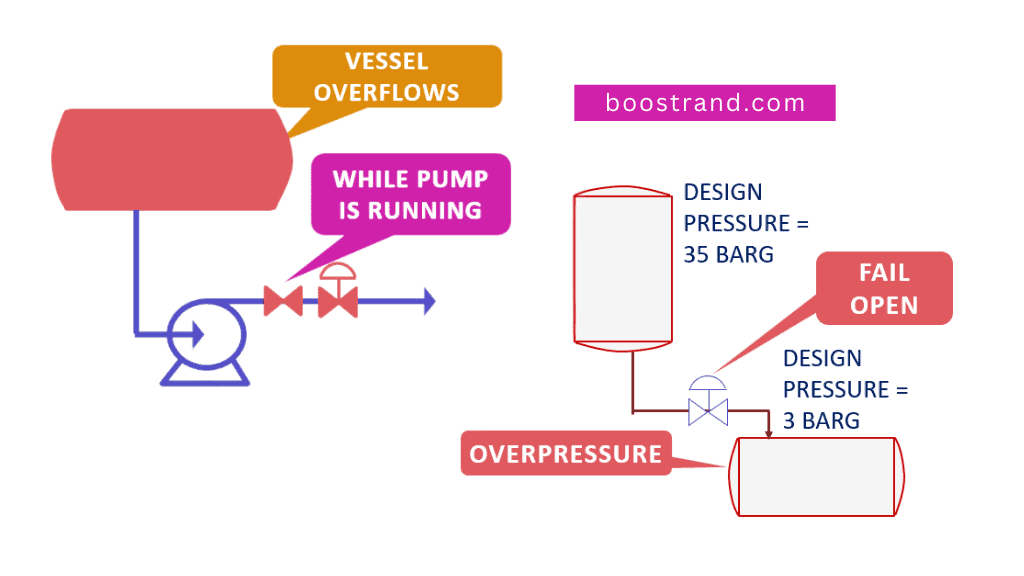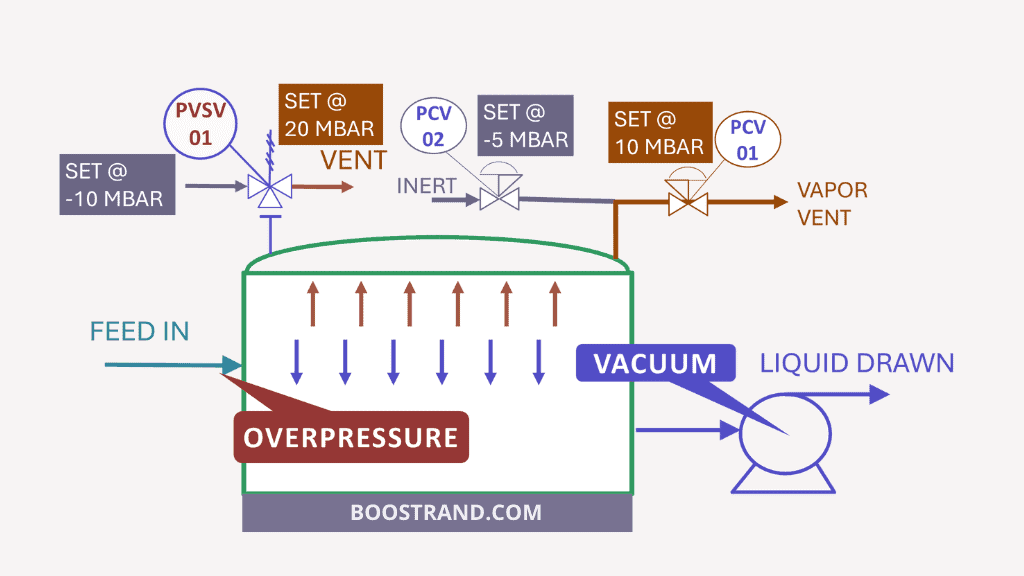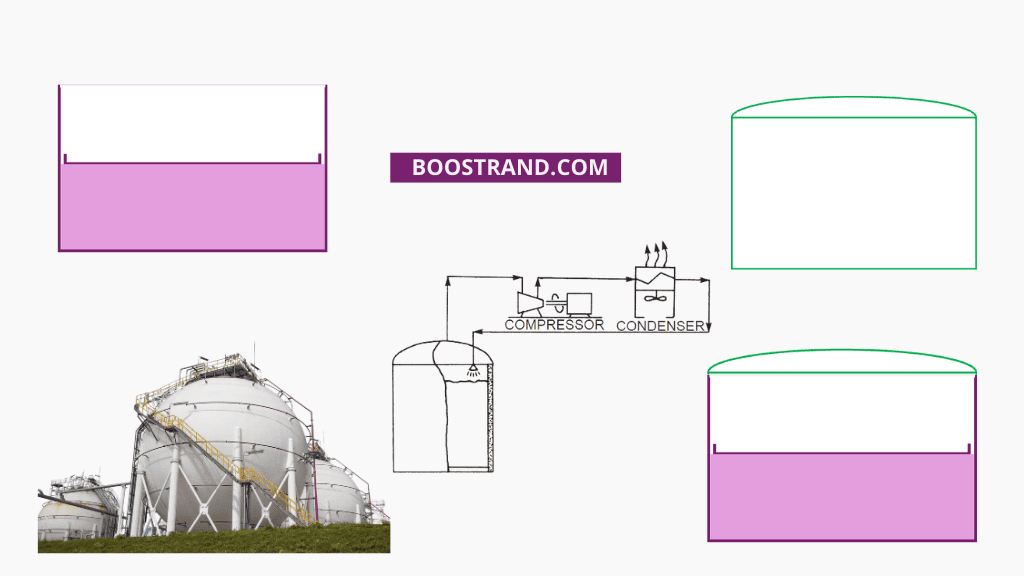Introduction
Choosing the right heat exchanger for your specific service is a critical decision that can significantly impact the efficiency and cost-effectiveness, operation, and maintenance of your shell and tube heat exchanger. That’s why selecting the optimum Exchanger TEMA (Tubular Exchanger Manufacturers Association) type is crucial to ensure optimal performance and easy maintenance.
In this article, we will explore the various TEMA types and how to determine the most suitable one based on your service requirements. Whether you are dealing with fouling fluids, high-pressure conditions, or specialized boiling and condensing services, understanding the TEMA types will help you make informed decisions for your exchanger needs. If you’d like to know more about other parameters affecting the thermal design of a heat exchanger, you can check this article.
Classifying Heat Exchangers Based on Construction
STHEs can be categorized based on their construction. There are various designs of heat exchangers front head, rear head, shell, and tube bundles. These designs are commonly called TEMA types. They can be shown in the below photo:

Each of these types has its own advantages and disadvantages, some may yield in a small exchanger but sacrifice maintainability. Others provide easy cleaning at the expense of a larger exchanger area. A process engineer should understand when it’s a priority to ensure easy maintainability (in our P&ID course, we talked about isolation and maintainability) and balance it with the exchanger’s fixed cost.
Front Head Types
The main exchanger front head types are:
- Channel and Removable Cover (Type A): This design typically consists of a shell with separate channel covers that can be removed. Type A heat exchangers are more straightforward to disassemble, allowing easy access to the tube bundle for cleaning or repair purposes. They are suitable for applications with fluids that may cause fouling or scaling, requiring periodic cleaning, but they are more expensive than type B.
- Bonnet Integral Cover (Type B): This design incorporates a single-piece bonnet or cover that is an integral part of the shell structure. That’s why it is in applications where frequent disassembly is not required, and maintenance is less critical as it shall result in a more compact and less expensive design.
Exchanger Thermal Design
Explore shell and tube exchanger thermal design aspects and basis for optimizing heat exchangers with various HTRI examples.
Shell Types
- One pass Shell (Type E): This is the common shell design for the vast majority of exchangers, where the inlet flow goes through the shell side in one direction and then the fluid exits from the other side of the shell.
- Kettle (Type K): This is commonly used in services with high boiling rate where the fluid to be vaporized enters from the shell bottom and heated through the tube bundle. The resulted vapor then goes from the kettle top, and any non vaporized liquid exits from the other side of the shell. Their most famous application is the kettle reboiler.
- Divided Flow (Type J): This is another type of a shell where either the inlet flow is divided while the outlet flow exits in one nozzle in case of condensation applications that require a very low pressure drop. In this case, the shell type shall be J21. On the other hand, if the outlet flow is divided, which is commonly the case for thermosiphon reboilers, the shell type shall be J12.
Rear Head Types
For exchanger rear head, there are many types, however, the three primary types are:
- Fixed tubesheet (Types L,M,N): These designs feature tubes fixed to tubesheets welded to the shell. It’s a cost-effective option, but cleaning the outside of the tubes can be challenging as the bundle can’t be removed.
- U-tube (Type U): This design has a single tubesheet and bent tubes, allowing the bundle to expand or contract to handle stress differentials. However, the tube’s interior can be difficult to clean due to the U-bend.
- Floating head (Types S, T): This design is the most flexible and expensive. It allows free expansion of the tube bundle, and both the inside and outside of the tubes can be cleaned.
Determining the Type Based on Service
STHEs can also be classified based on the nature of the service they provide. The most important factors affecting the choice of the TEMA type are:
- Fouling Resistance of Shell Side
- Fouling Resistance of Tube Side
- Design Pressure and Temperature
- Boiling and Condensing Services
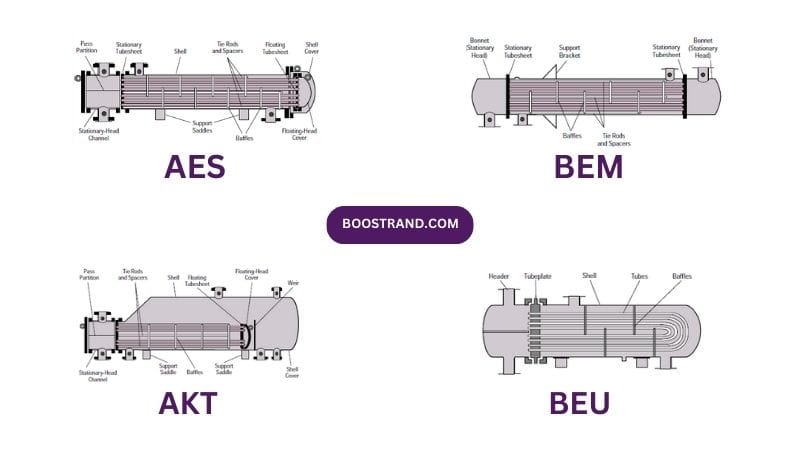
Exchanger Fouling
As exchangers start operation, they get fouled with time. When they are fouled, this shall lead to much lower heat transfer efficiency, which shall highly impact the whole process efficiency. That’s why exchanger maintainability is a very critical factor. In our P&ID course, we have gone through the common practices to ensure plant smooth maintainability and operation.
So for proper exchanger performance, the exchangers serving fouling fluids should be cleaned periodically. This shall affect the TEMA type of a shell and tube exchanger depending on the degree of fouling either on shell side or on tube side. So let’s see how!
Shell Side Fouling Factor
So if we the shell side is serving a high fouling fluid, this means that we shall need to clean the shell. In this case, the bundle should be removable. So we should choose type A for front head and type S or T or U types for the rear head. So for a normal shell, the exchanger type shall be AES, AET, or AEU.
If the fluid in the shell side is clean, then in this case we don’t need to remove the tube bundle to clean the tube from outside, which shall result in an exchanger with less dimensions and lower cost. So we can use B type for front head, and L or M or N or U types for the rear head. So the TEMA type of the exchanger can be BEM, BEN, BEL, or BEU.
Tube Side Fouling Factor
If the fluid in the tube side is a clean fluid, a famous example is steam, we can choose a U type for the rear head. It’s much cheaper, and there is no need to be cleaned. So depending on the fouling resistance of the shell side, the TEMA type can be AEU or BEU.
If the fluid in the tube side needs to be cleaned, this can be done without removing the tube bundle. So even with type B, we can clean the tube side with the exchanger in place, but we shall remove the whole integral bonnet instead of just removing the channel cover in type A. Here we can choose a TEMA type of BEL or BEM.
Design Pressure & Temperature
Design pressure and temperature can highly affect the choice of the TEMA type in the exchanger. Here we highlight that design pressure and temperature are just not related to the pressure and temperature that the exchanger shall face in normal operation. They are rather related to the maximum pressure and temperature the exchanger can face in case some upset condition occurred in the process itself. Specifying design pressure and temperature depends on various parameters when studying the failure scenarios. In our P&ID course, we went through different practices to specify the proper design pressure and temperature for exchangers and for other equipment.
If the exchanger is expected to be subject to a very high pressure (above 50 or 60 barg), for a removable bundle an internal leakage can occur as tubesheets are not fixed. That’s why in this case a fixed tubesheet shall be needed in this case. If the exchanger is serving a fouling fluid, chemical cleaning shall be considered in this case.
If the exchanger is subject to a high temperature, a floating head would absorb thermal expansion. If a fixed tubesheet is considered, the exchanger should be equipped with an expansion joint to handle the thermal expansion.
Exchanger Thermal Design
Explore shell and tube exchanger thermal design aspects and basis for optimizing heat exchangers with various HTRI examples.
Large Temperature Difference between Shell side and tube side
This is an important issue that should be taken in consideration. When dealing with a fixed tubesheet heat exchanger, where there’s a large temperature difference between the shell and the tube materials, this can cause huge stresses on the tube. This is because tubes shall be prone to thermal expansion while the tubesheets are fixed.
Here calculating allowable stress is essential to ensure the exchanger can operate safely within its thermal limits. While less common for fixed tubesheet designs, some solutions include installing expansion joints on the shell or using rod baffles for tube support. If there is still an issue with the stresses on the tube, engineers may find it necessary to consider floating head exchangers to give room for tube thermal expansion.
Boiling and Condensing Services
For exchangers that exhibit a boiling or condensation effect, we can use any shell type. However, if these exchangers require a very small pressure drop, we can then use a kettle type (K) such as the case for a kettle reboiler.
So if we are dealing with a fouling fluid in the shell and a clean fluid in the tube, as it is the case for steam reboilers, we can use AKU type. If the heating medium in the tube is fouling, AKT type can be used.
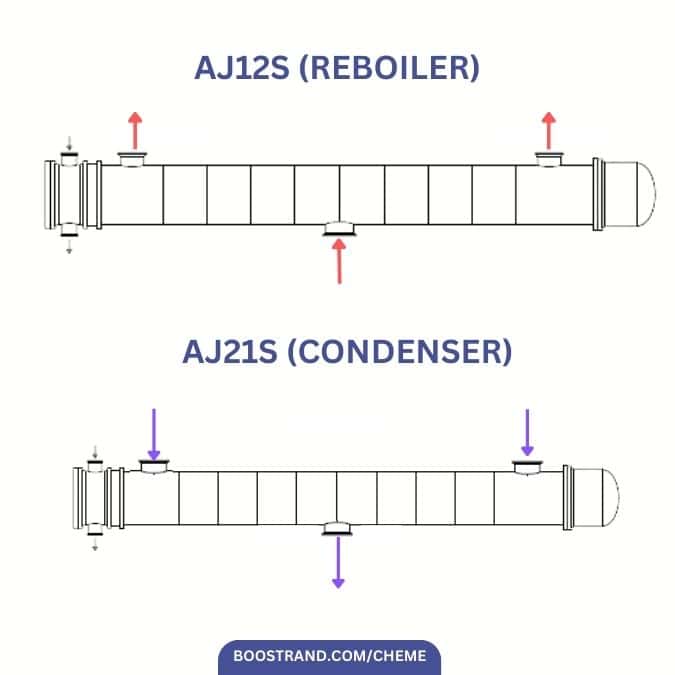
If the fluid in the shell is clean, then we can use BKM type. If this is accompanied by a clean fouling in the tube, then the TEMA type shall be BKU.
We can also use the divided flow shell type, in other words, J type, if we want the minimum pressure drop. Distributing the inlet flow for condensers, or the outlet flow for reboilers can reduce the pressure drop significantly. That’s why it’s common to use a shell with J21 type for condensers, and J12 type for thermosiphon reboilers, and use the front head and rear head type depending on our cleaning requirements.
Conclusion
Selecting the optimum Exchanger TEMA type is an essential aspect of ensuring efficient heat transfer in your industrial processes. By considering factors like fouling resistance, design pressure and temperature, and the nature of your service, you can make informed decisions to enhance heat exchanger performance and reliability. Each TEMA type offers unique advantages, catering to specific operational needs.
As you embark on the journey of choosing the perfect heat exchanger for your service, a thorough understanding of TEMA types will empower you to optimize your processes, reduce costs, and boost overall productivity. However, you should always ensure you apply other design aspects in the design of a shell and tube exchanger.
Start your Career
Access Process Engineering Introduction Course
Share this:
[…] creation of a PFD is typically based on the output of process simulation software. We have discussed plant simulation’s role in a project in the previous article. In a nutshell, process simulation involves using specialized software to model and analyze the […]
